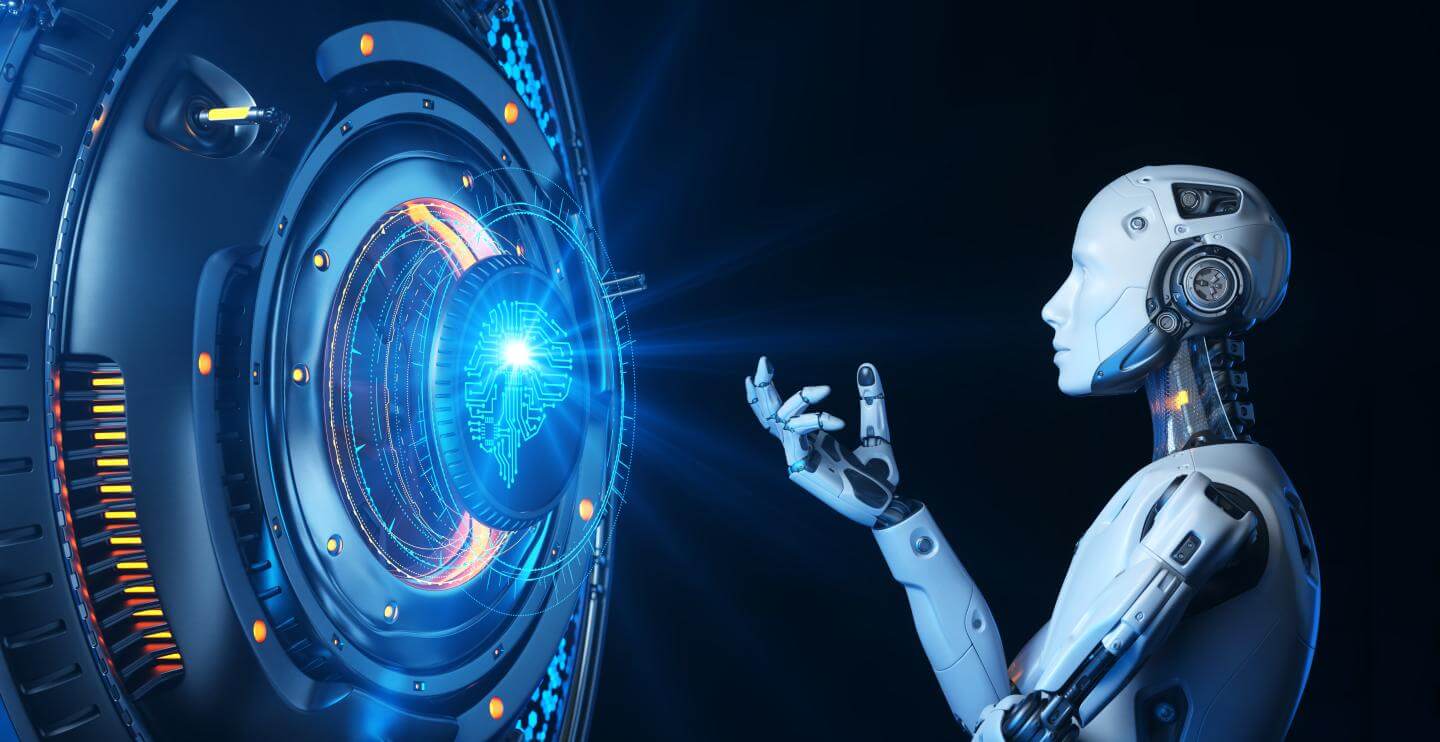The internet is changing and certainly evolving faster than ever before. Artificial intelligence represents a small part of this evolution. In November, while cryptocurrency investors were still pondering what kind of future the metaverse, Web3, would build, OpenAI dropped a bombshell. What it did was exciting, but now it’s worrying.
Pause Artificial Intelligence Development
OpenAI CEO Sam Altman will make his first appearance before Congress on May 16th in a hearing on surveillance to discuss artificial intelligence (AI) regulations in the US. IBM’s VP of trust and privacy Christina Montgomery and NYU professor Gary Marcus will also testify.
Cryptocurrency investors are used to this testimony. There have been so many events in the last 2 years that investors are now informed about hundreds of different topics, from PMI data to Congressional hearings. These hearings are where two opposing opinions explain why they are worried. The CEO of OpenAI will clash with an IBM executive who has called for a pause in the development of AI.
The hearing will be OpenAI CEO Sam Altman’s first on-the-record testimony before Congress, but he recently participated in a roundtable discussion with Vice President Kamala Harris at the White House alongside the CEOs of Alphabet, Microsoft and Anthropic. Altman will be joined by Christina Montgomery, IBM’s vice president of trust and privacy and a member of the US National Advisory Committee on Artificial Intelligence, and Gary Marcus, a noted New York Times writer.
The idea of an AI pause was described in an open letter published on March 22 on the Future of Life Institute website. The purpose of the letter was to “call on all AI labs to immediately halt the training of AI systems more powerful than GPT-4 for at least 6 months.”
Artificial Intelligence Concerns
Behind the calls for a pause in development lie the unknown risks of uncontrolled technology development. According to an IBM blog post written in part by Montgomery, the company believes that AI should be regulated based on risk. Marcus has been a vocal supporter of the pause since its inception. While Marcus admits that he “had no hand in drafting” the pause letter, about a month before the open letter was published, he wrote a blog post titled “Is it time to hit the pause button on AI?”

While the upcoming Senate hearing will likely function as little more than a forum for members of Congress to ask questions, the debate could have devastating consequences. Between the risk of uncontrolled development of AI and the potential for stifling innovation, US officials will have to make a decision.
But a significant number of experts in the field, including Elon Musk (co-founder of OpenAI), worry that failure to adopt common-sense policies on AI surveillance could lead to an existential crisis for humanity. So now the world has a real problem. And that is whether or not to prevent the future of artificial intelligence, which is still in its early stages and rapidly developing, while it is still controllable today.
Artificial Intelligence and Web3
Both in their own right require enormous space and enormous imagination. One shudders to think of the benefits that AI applications that will be writing smart contracts, designing metaverse maps and creating virtual environments larger than the real world a few years from now could bring to the industry.
Those who ask the question “how will AI make my job even better?” before asking “will AI take people’s jobs?” will have the opportunity to move to the next “level”. AI will literally create a multiplier effect for a world where productivity multiplies and technology is built much faster. If we’re talking about the future of Web3, we can’t separate it from AI, and we’ll see how things that seem impossible to most Web3 opponents are possible with AI.
Artists won’t spend days designing a character, AI will be able to do it in a few seconds depending on the size of the processor. Experts won’t spend months poring over complex massive metaverse streams. All they’ll need to do is guide “processor-intensive AI” to do it.
The next 10 years will be exciting.

 Türkçe
Türkçe Español
Español









